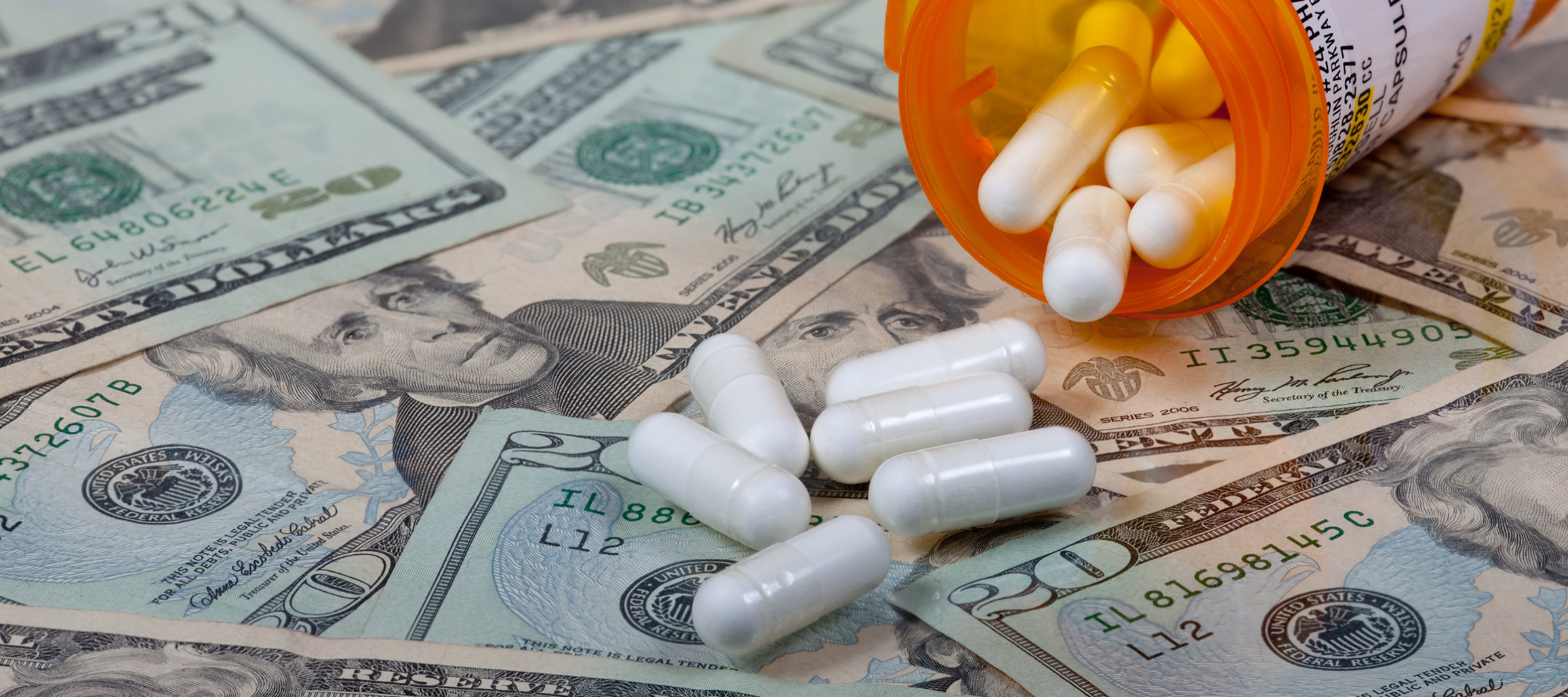Prescribed Meds to Street Drugs: Slippery Slope of Substance Abuse

Unlike alcohol, many substances can be quietly in use while on the job without anyone noticing altered behavior. This includes prescription medications, which can impair the ability to function, think clearly, operate equipment, or complete tasks vital to the job at hand.
With 70% of people who have a substance abuse disorder currently employed, healthcare costs alone associated with illicit substance abuse total $11 billion each year. That sounds like a startling sum until it stands next to addiction, which exceeds $740 billion annually.
Prescription drugs, including highly addictive opioid painkillers, benzodiazepines, and some over-the-counter alternatives, don’t show physical indicators of abuse. Such substances can act as central nervous system depressants, including painkillers and benzos. This is extremely hazardous if invisibly impaired employees are tasked to drive or operate heavy machinery.
In looking to pilot a better, faster employment drug screening program, consider rapid oral fluid testing via OralTox. The direct benefits to the workplace include supporting employee wellness and effectively boosting the health (and wealth) of your bottom line for beyond-ideal ROI.
Prevent Drug Abuse at Work with OralTox
Let’s take a quick look at some main areas commonly impacted by substance abuse in the workplace. From premature death to chronic health issues and increased medical costs, substance abuse contributes to increased risk for workplace injuries and accidents, as well.
Substance abuse is infamous for increased rates of absenteeism and chronic overuse of sick and paid leave time. The inevitable loss of productivity paired with foggy, impaired performance and overall lower quality of work also result from substance abuse in the workplace.
Now let’s see how quickly prescribed medication snowballs into yet another street drug problem. What starts at the pharmacy doesn’t always stay there. Opioid-based prescription painkillers are readily available, and health insurance companies will usually cover the cost of a prescription.
The street value of Oxycodone is $80 for a single pill. The steep street prices alone can force anyone who has developed dependence or addiction to seek cheaper drugs, such as meth and heroin, due to sheer desperation.


Morphine is one of the most common and highly addictive, long-acting opiates in the lowest cost tier of prescribed medication covered by health insurance. The less addictive options are more expensive, and for those without health insurance, the raw need for relief results in a desperate turn to alternatives available on the street instead of paying a fortune at the pharmacy. This happens when the prescription ends but the pain hasn’t, or worse, dependence develops into needing the fix from the highly addictive drug that was originally prescribed.
Choose the empathetic approach to quick, easy, painless pre-employment drug screening with heightened anonymity via OralTox. This helps ensure personal privacy remains confidential with results available in less than 10 minutes when drug screening with OralTox.
Incorporating a random drug screening program can help employees effectively steer clear of the slippery slope of substance abuse. This can begin with acknowledging such issues are not always voluntary. No one plans for or looks forward to a downward spiral of substance abuse.
Data often links drug abuse to low-income areas and vulnerable populations indicative of poverty. The truth is the slippery slope of substance abuse can affect anyone of any tax bracket, just like black ice on the highway in the dead of winter can take any car for an unwanted spin.
Crippling Cost of Substance Abuse
A single hit of meth can cost as little as $5. Due to it having one of the lowest street drug prices in areas where meth abuse is most prevalent (rural and west U.S.), meth-related overdoses are reported at almost twice the rate of heroin overdoses.
Heroin prices, on average, have dropped from around $168 per gram in 2006 to $152 in 2016, with a gram typically divided into 15 single-dose bags. However, the overall potency of heroin has heightened due to how often it is cut with other drugs, such as the more potent and terribly popular opiate, fentanyl.
A person using a fentanyl patch once a day will have a yearly bill of $3,431 before insurance. The cost escalates to $14,600 per year if purchased on the street. As a person uses fentanyl over time, their tolerance strengthens, and they need a higher dosage for that same effect. This makes the cost skyrocket. It’s easy to see how quickly people with prescribed painkiller addictions turn to street drugs for a seemingly cheaper fix, despite it being far more dangerous.
A single-use bag or small dose of heroin can cost as little as $5 to $20. People with severe addiction report using 10 to 15 doses of the drug per day. This puts the cost of one heroin addiction between $440 and $1,700 per week, adding up to as much as $92,000 per year. Such a substantial deficit can ultimately derail the livelihood of any previously healthy individual.
Throw Salt on the Slippery Slope with OralTox
Circling back to the slippery slope, substance abuse from prescribed medication to street drugs affects millions of Americans silently. The often quiet epidemic continues to snowball until something awful inevitably occurs. The preventive slippery slope of addiction can be curbed to a halt with the help of an easy, fast employment drug screening program. Choose rapid oral fluid testing for instantaneous, same-day results via OralTox.
Help employees stay healthy as you improve your bottom line with an effective, progressive employment drug screening program. Pilot OralTox today to see just how easy, painless and preventive the program will be in benefiting the health and wealth of your whole company.
